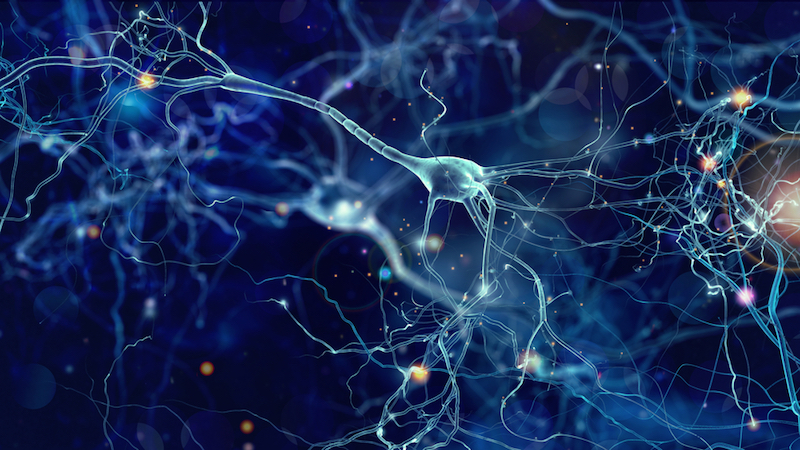Artificial Synapses Could Lead to Smarter AI

Heads up, humanity. Artificial intelligence may be about to get a lot smarter.
An international team of scientists has developed a new kind of synthetic synapse for artificial intelligence systems using the neural network model. In artificial neural networks, computing systems are designed to emulate the function of the human brain, with digital neurons and synapses replicating the function of their biological counterparts.
In this context, synapses serve as a gateway for neurons, whether synthetic or biological, to pass information and signals to one another. They're the connective tissue in both biological and artificial neural networks. It's estimated that the typical human nervous system contains more than 100 trillion synapses.
While scientists have had remarkable success with artificial neural networks, contemporary AI systems have been stymied by a specific limitation. In the mammalian brain, synapses can accommodate two types of signals — inhibitory and excitatory — simultaneously. But artificial synapses, made from nanoscopic electronic components, can only process one type of signal at a time. As a result, AI systems can only run at half throttle.
Until now.
US and Chinese researchers have developed a synthetic synapse that can handle both kinds of signals, reconfiguring itself on the fly, according to new research published this week in the journal ACS Nano. Funding for the project was provided by the National Science Foundation and the Army Research Office.
"These new artificial synapses allow the same synapse to be reconfigured into either excitatory or inhibitory modes, which was not previously possible in solid state artificial synaptic devices," said co-author Han Wang, of the University of Southern California. "This new functional flexibility is important for enabling more complex artificial neural network that can also dynamically reconfigure just like our brain does."
Sign up for the Live Science daily newsletter now
Get the world’s most fascinating discoveries delivered straight to your inbox.
RELATED: Meet the Engineer Behind the Web's Most Viral AI Neural Network
Han said that, in the human brain, excitatory responses typically make the brain more excited and alert, while the inhibitory responses makes it more calm and relaxed. Further along the nervous system, excitatory responses cause muscles to contract and inhibitory ones cause muscles to relax.
The new artificial synapses allow similar functions in computer systems. Where the nervous system uses biological synapses to process chemical and electrical signals, artificial neural networks use synthetic synapses to process digital information.
"In an artificial neural network, excitatory signals strengthen certain connections within the network and inhibitory response weakens such connections," Wang said.
This kind of biological emulation is critical for the development of next generation cognitive abilities in artificial neural networks.
"More sophisticated nervous systems could be emulated, making the system potentially more intelligent and versatile," Wang said.
You'd need a Ph.D or three to really wrap your head around it all, but Wang suggest an automotive metaphor.
"It is just like one is the accelerator and the other is the brake, and the two work together to ensure the proper functions and stability of the brain activities — the car," Wang said. "It is closer to what the biological brain can do."
Originally published on Seeker.









